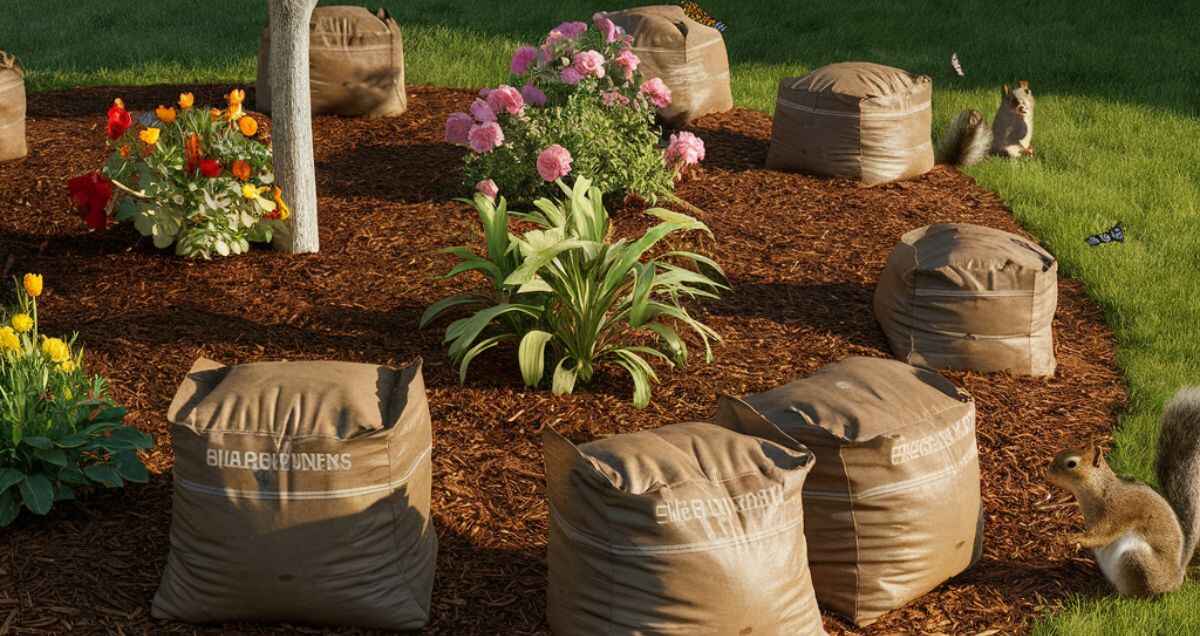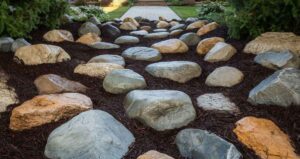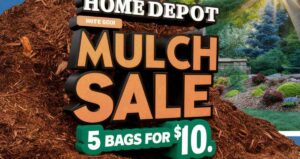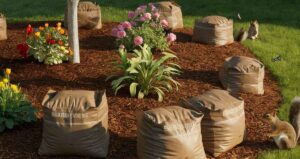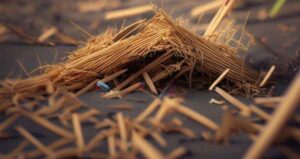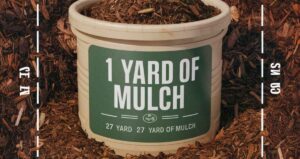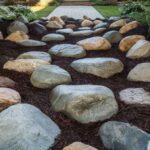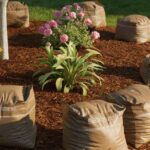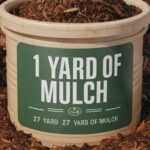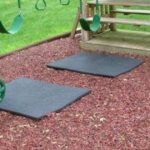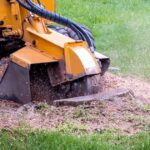How many bags of mulch in a yard is the calculation process that determines the mulch needed to cover a specific area, typically measured in cubic yards, considering various factors like mulch type and desired depth.
Are you ready to tackle your landscaping project but need to know how many bags of mulch you’ll need? Wonder no more! Dive into our comprehensive guide to discover the secrets of calculating mulch quantities for your yard.
We will discuss, these topics: understanding mulch quantities, factors affecting mulch quantity, climate and weather conditions, type of mulch, yard size and landscaping features, calculating mulch needs, using the mulch calculator, manual calculation, real life examples.
Understanding Mulch Quantities
Understanding mulch quantities is crucial for effective landscaping. When discussing a yard of mulch, we’re not talking about your lawn but rather a unit of volume measurement. One cubic yard of mulch covers an area of 324 square feet at a depth of one inch.
Read This Article: How Much Mulch Do I Need?
This fundamental knowledge enables you to calculate the necessary number of bags based on your yard’s dimensions. Whether you’re sprucing up flower beds or enhancing your overall landscape, grasping the volume of mulch needed ensures precise purchasing. This prevents unnecessary excess or shortages and ultimately saves you time and money.
Factors Affecting Mulch Quantity
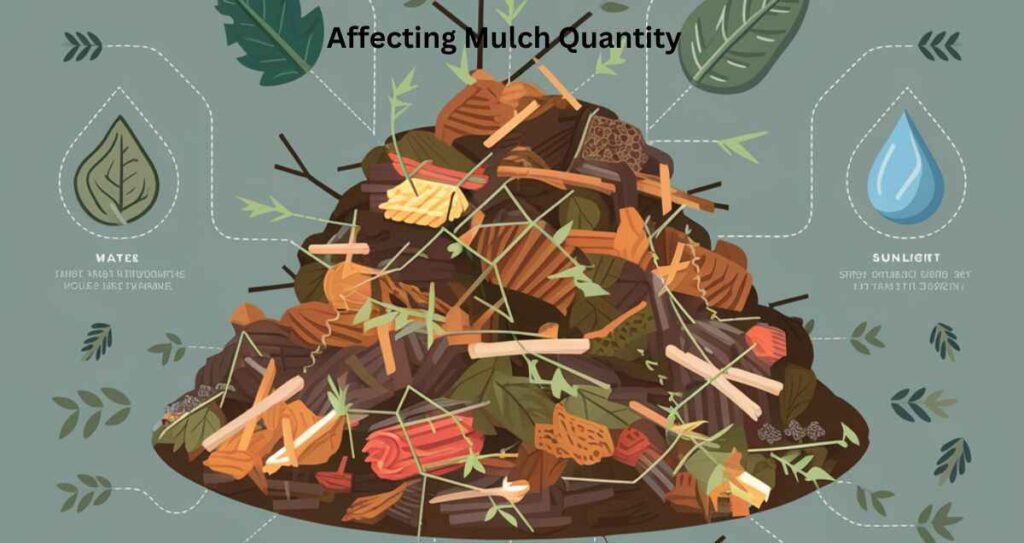
The amount of mulch you need for your landscaping depends on a few things. Hotter climates break down mulch faster, so you’ll need to add more often than in cooler areas. Dense mulch like cedar needs fewer bags to cover the same area compared to lighter options. Your yard size and shape also matter. Irregularly shaped areas might need more precise measuring to avoid using too much or too little mulch.
Also Read This Article: How Many Cubic Feet In A Yard Of Mulch?
Choosing the right mulch type matters too. Denser options like cedar require fewer bags. Your yard size and features like flower beds or trees also influence how much mulch you need. Areas with odd shapes or slopes might require more careful measuring to avoid over- or under-mulching. By considering these factors, you can use mulch efficiently and make your outdoor space look great.
Climate and Weather Conditions
Sunshine and warmth affect how much mulch you’ll need. Hot weather makes it break down faster, so you’ll need to add more often. Strong sunlight can also dry it out, making it less effective at holding moisture and fighting weeds.
In colder places, mulch breaks down slower, meaning you’ll reapply less frequently. However, frost and snow can compact mulch, making it less effective at insulating the soil. Knowing your climate helps you plan your mulching schedule to keep your garden healthy year-round. Beyond temperature, weather patterns like rain and drought also matter.
Heavy rain can wash away mulch, especially on slopes, requiring more to maintain coverage. During dry spells, mulch helps keep the soil moist, which is great for plant growth. Understanding your local climate and weather patterns will help you adjust your mulching practices to maximize its benefits and protect your landscaping investment.
Type of Mulch
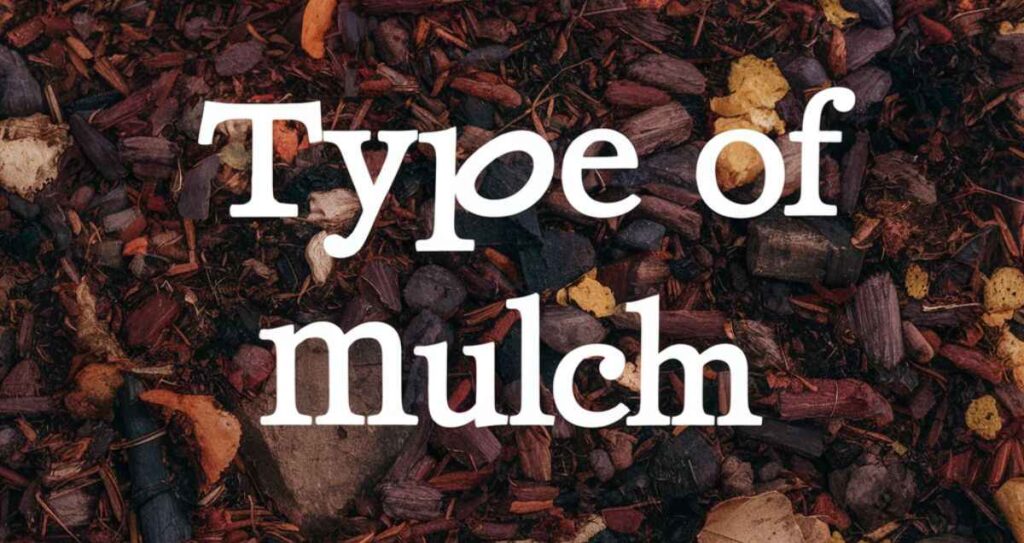
When considering types of mulch for your landscaping needs, it’s essential to understand the characteristics and benefits of each variety:
- Organic Mulch: Made from natural materials such as wood chips, bark, or compost, organic mulch enriches the soil as it decomposes, providing nutrients to plants.
- Inorganic Mulch: Comprised of materials like gravel, stone, or rubber, inorganic mulch offers long-lasting weed suppression and retains heat well.
- Shredded Mulch: Produced by shredding bark or wood into small pieces, shredded mulch provides excellent moisture retention and weed control.
- Pine Straw: Harvested from pine trees, pine straw mulch is lightweight, easy to spread, and breaks down slowly, making it ideal for acidic-loving plants.
- Rubber Mulch: Made from recycled tires, rubber mulch is durable, weed-resistant, and does not decompose, but it may retain heat and leach chemicals over time.
Each type of mulch has unique characteristics and benefits, allowing you to choose the most suitable option based on your landscaping goals and preferences.
Yard Size and Landscaping Features
Yard size and landscaping features play a crucial role in determining mulch quantities and application methods. The size of your yard directly impacts the amount of Mulch Needed,with larger yards requiring more material for adequate coverage.
Additionally, the shape and layout of your landscape, including flower beds, trees, and other features, influence mulch distribution. Irregularly shaped or sloped areas may require additional attention to ensure uniform coverage and prevent soil erosion.
Moreover, landscaping features like retaining walls or pathways may affect mulch placement and accessibility, requiring careful consideration during the planning process. By assessing your yard size and landscaping features, you can tailor your mulching approach to achieve optimal results and enhance the overall aesthetics of your outdoor space.
Calculating Mulch Needs
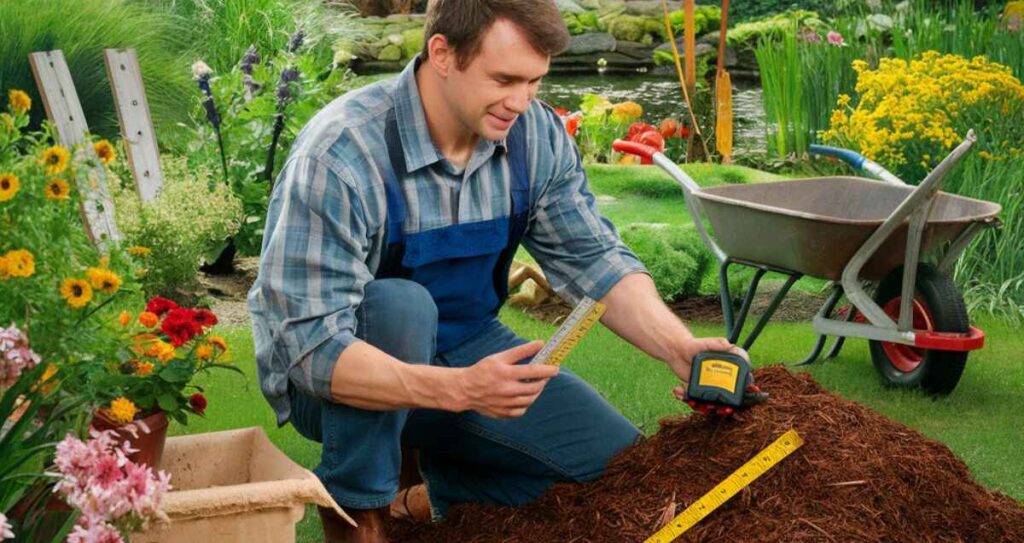
Calculating mulch needs is a crucial step in any landscaping project, ensuring you purchase the right amount without wastage or shortfall. Whether you prefer the convenience of online tools or the hands-on approach of manual calculation, there are methods to suit every gardener’s preference.
Utilizing mulch calculators available on reputable gardening websites simplifies the process, requiring only your yard’s dimensions and desired depth to generate accurate results. Alternatively, the manual calculation involves a straightforward formula based on area and depth, allowing for precise estimation tailored to your specific landscaping requirements.
By understanding these methods, you can confidently determine the quantity of mulch needed to achieve your desired results and enhance the beauty of your outdoor space.
Using the Mulch Calculator
Using a mulch calculator is a convenient and efficient way to determine the exact amount of mulch needed for your landscaping project. These online tools typically require you to input key parameters such as the dimensions of your yard and the desired mulch depth.
Once entered, the calculator generates an accurate estimate of the number of bags required, saving you time and effort in manual calculations. Whether you’re a novice gardener or a seasoned landscaper, utilizing a mulch calculator ensures precision in your mulch purchasing decisions, helping you avoid wastage and unnecessary expenses.
Manual Calculation
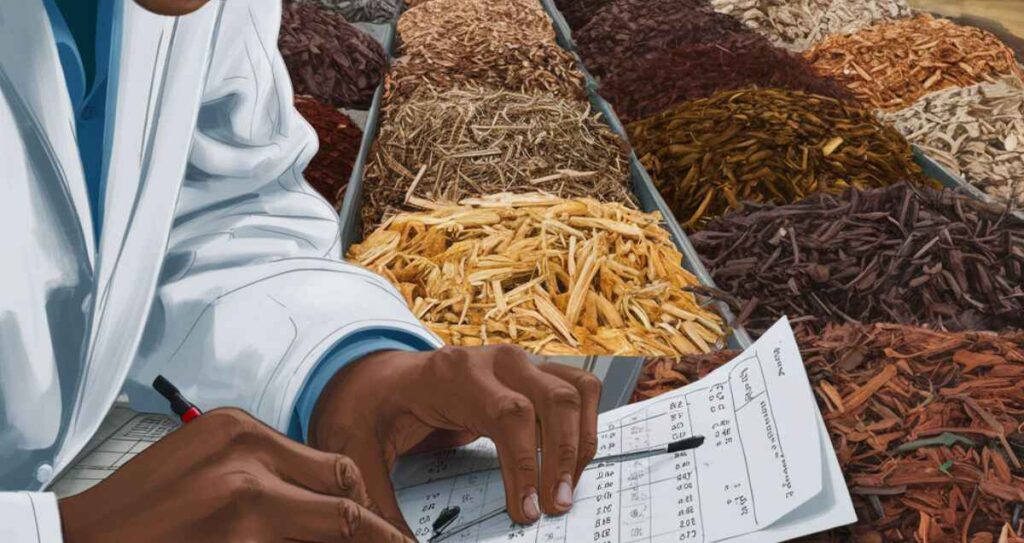
Manual calculation offers a hands-on approach to determining mulch quantity for your landscaping project. By using a simple formula, you can estimate the number of bags needed based on your yard’s dimensions and desired mulch depth.
This method involves multiplying the area to cover in square feet by the desired mulch depth in inches and then dividing by the coverage area per bag. While it requires a bit of math, manual calculation provides a precise and customizable solution tailored to your specific yard requirements.
Plus, it allows for greater flexibility in adjusting variables such as mulch depth to achieve optimal coverage and aesthetics. With manual calculation, you can confidently plan and purchase the right amount of mulch for your landscape, ensuring efficient and cost-effective results.
Real-Life Example
In a real-life example, let’s envision a suburban yard with various landscaping features:
- Yard Dimensions: Total area of 1,200 square feet.
- Mulch Depth: Desired coverage depth of 3 inches.
- Manual Calculation Method: Calculating the number of bags needed by dividing the total area by the coverage area per bag and multiplying by the desired mulch depth, resulting in approximately 11 bags.
- Online Mulch Calculator: Alternatively, utilize an online tool to input yard dimensions and desired mulch depth for instant, accurate calculations, simplifying the estimation process and ensuring precise purchasing. This practical application demonstrates the effectiveness of mulch quantity calculation methods in achieving optimal landscaping results.
Frequently Asked Questions
How much does 20 bags of mulch cover?
Assuming each bag covers an area of 324 square feet at a depth of one inch, 20 bags of mulch would cover approximately 6,480 square feet.
How many bags of mulch is 5 yards?
Since one cubic yard of mulch typically equals about 13.5 bags, 5 yards of mulch would equal approximately 67.5 bags.
Is it cheaper to buy bags of mulch or bulk?
Generally, buying mulch in bulk is more cost effective than purchasing bags, as bulk mulch is typically sold by the cubic yard, offering a lower price per unit compared to individual bags.
How big is 2 yards of mulch?
Two cubic yards of mulch would cover an area of approximately 648 square feet at a depth of one inch.
How far does 1 yard of mulch cover?
One cubic yard of mulch covers an area of 324 square feet at a depth of one inch.
Will 2 yards of dirt fit in a pickup truck?
Depending on the size and capacity of the pickup truck, 2 yards of dirt may or may not fit. It’s advisable to check the truck’s specifications and capacity before loading.
Is it better to bag or mulch your yard?
The choice between bagging or mulching your yard depends on personal preference and landscaping goals.
Conclusion
Figuring out how many bags of mulch you need boils down to measuring your area and considering the mulch depth. Most mulch comes in 2-cubic-foot bags, and a cubic yard (often called a “yard”) of mulch equals 27 cubic feet. This means roughly 13.5 bags are needed to cover a full cubic yard. Remember, denser mulch like cedar requires fewer bags, while lighter options might need more.
Once you have your area and desired depth, you can easily calculate the total mulch required. Online mulch calculators can also be helpful tools, making the process even simpler. With a bit of planning and measurement, you can ensure you have the perfect amount of mulch to beautify and protect your yard.
